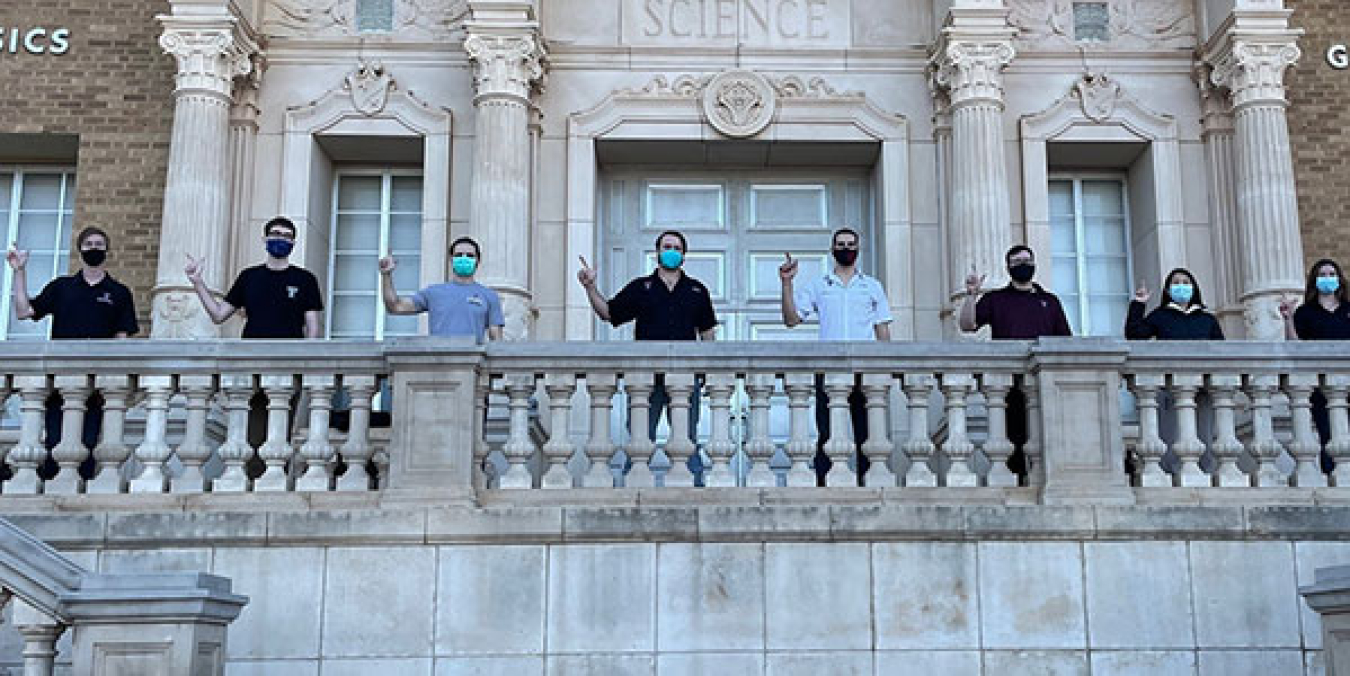Techsan Wind Team
Texas Tech University, Lubbock, Texas
Faculty Adviser
Suhas Pol, [email protected]
Student Lead
Trey Gloeckler, [email protected]
Vision and Mission
By representing Texas Tech University at the 2022 U.S. Department of Energy Collegiate Wind Competition (CWC), we hope to forge strong connections between the wind energy industry and academia. We also hope to use the knowledge we gain to help realize our team’s vision of producing reliable clean energy to power the American grid.
Background
The Techsan Wind Team has been competing in the CWC since 2017, and the most important lesson we have learned over the years is to start on each competition deliverable as soon as possible to ensure ample time for revisions and testing. Each team member dedicates class time to work on competition materials with engineering majors using the CWC as a project lab, and many members have taken common classes, such as a Wind Energy Lab, to understand wind power plant layout and design.
Our team comprises three subgroups: the Prototype Design Team, the Project Development Team, and the Communications Team. Each team is headed by the student lead with the most experience in that team’s category. Though our work is divided into groups, we have grown close through “Pizza Fridays” and recurring gatherings outside of normal team meeting times. We also regularly recruit members by advertising the competition’s numerous opportunities on Tech Announce, Texas Tech University’s school-wide daily email.

Left to right: Declan Sackett, Matthew Miller, Trevor Moon, Trey Gloeckler, Nathan Dyer, Ian Davis, Melanie Hsieh, Heather Aggen. Not pictured: Papa Frimpong-Badu, Jack Butler, Cristian Castillo, Isaac Morales, Adeola Omoloja.
Strategy
Starting early is a key to success, but our team’s greatest strength lies in the diversity of our members’ interests and backgrounds. With team members who understand civil engineering, blade design software, project development methods, and community outreach strategies, we can prepare for the competition on multiple fronts. We plan to evaluate previous designs to develop a comprehensive product that uses improved mechanical and electrical systems.
We have conducted interviews with professionals representing major wind energy sectors, including representatives in operations and maintenance at Deutsche Windtechnik and those in ownership and planning at Everpoint Services. Through these interviews, we have gained many insights into the industry. For example, we learned that costs associated with wind energy in the United States have fallen over the last decade and that, as the nation develops its offshore wind energy base, we can leverage lessons and best practices learned in countries in Europe and elsewhere that have already taken advantage of their own wind resources rather than start from scratch. We look forward to applying these lessons to the 2022 CWC and to stepping into our future roles as wind energy and renewable industry professionals.
Follow Us
This content was submitted to the U.S. Department of Energy by the team. Find more information on other CWC 2022 teams.

